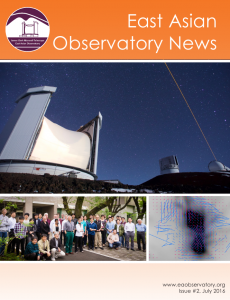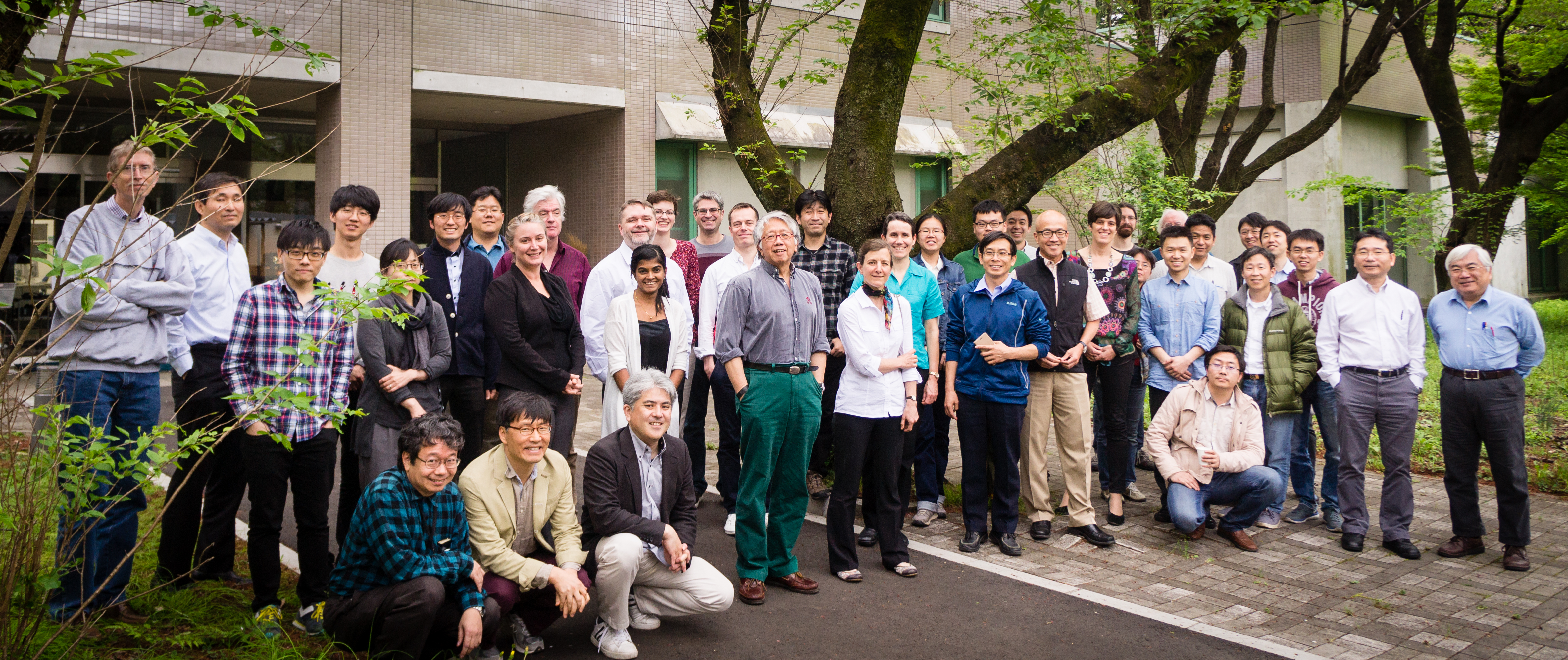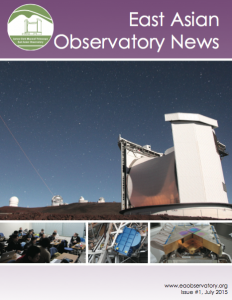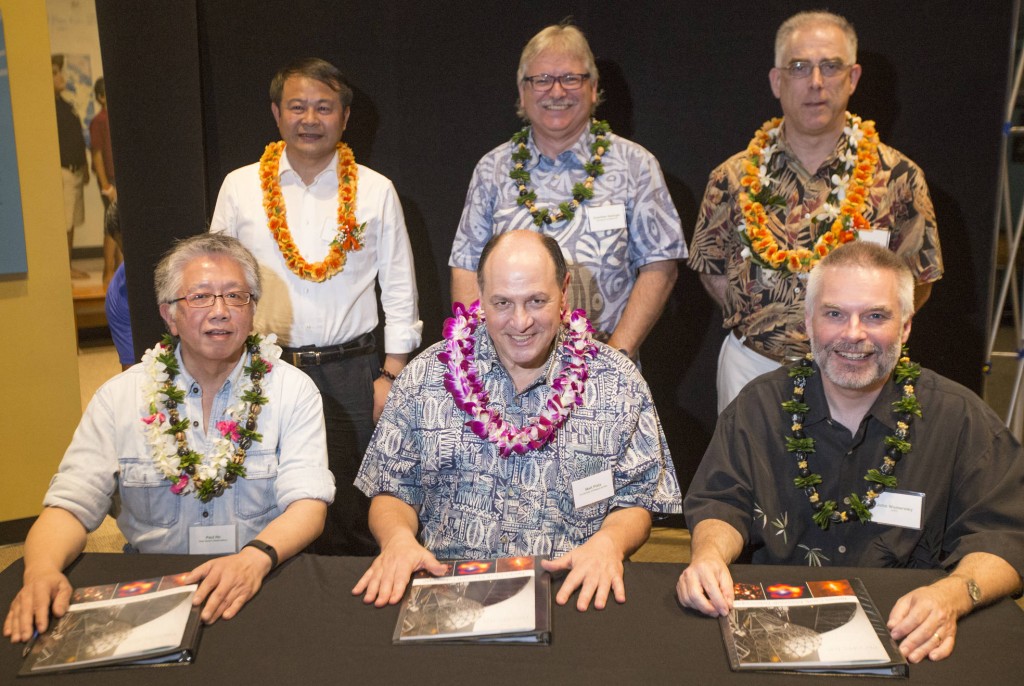The East Asian Observatory is happy to invite PI observing proposals for semester 17A at JCMT (for details see here).
Semester 17A runs from 01 February 2017 to 31 July 2017. You can reach the proposal handling system, Hedwig, and find complete details of this Call at:
https://proposals.eaobservatory.org/
Any further questions should be directed to our helpdesk:
helpdesk@eaobservatory.org
If this is your first visit to Hedwig, you should go to ‘Log in’ and generate an account. There is a ‘Help’ facility at the upper right corner, and individual Help tags at many other places.
The 17A Call for Proposals closes on the 15th of September 2016.
NEW: The East Asian Observatory invites requests for Urgent Observing at any time – and you can now submit these request via a special Call in our Hedwig proposal system. You can find details here.
Constraints and guidance on applicant eligibility, the available instrumentation, the required content of the proposal, and other aspects of the proposal are as described in the Call for Proposals for the current semester – except as itemized below.
Urgent Requests should clearly describe the following:
1. The urgency for the observations, and why a response to the regular, semi-annual Call for Proposals is/was inappropriate.
2. The time span over which observations may be made or the specific times at which they must be made.
3. The timescale for analysis of resulting data and for publication thereof; which ought to be proportionately urgent . . .
The above information should appear in the Scientific Justifications section of the proposal; itemized as above, please. If approved, proposals will be graded with respect to the approved projects in the current semester and executed via JCMT’s Flexible Observing scheme.
– 2016/08/15






